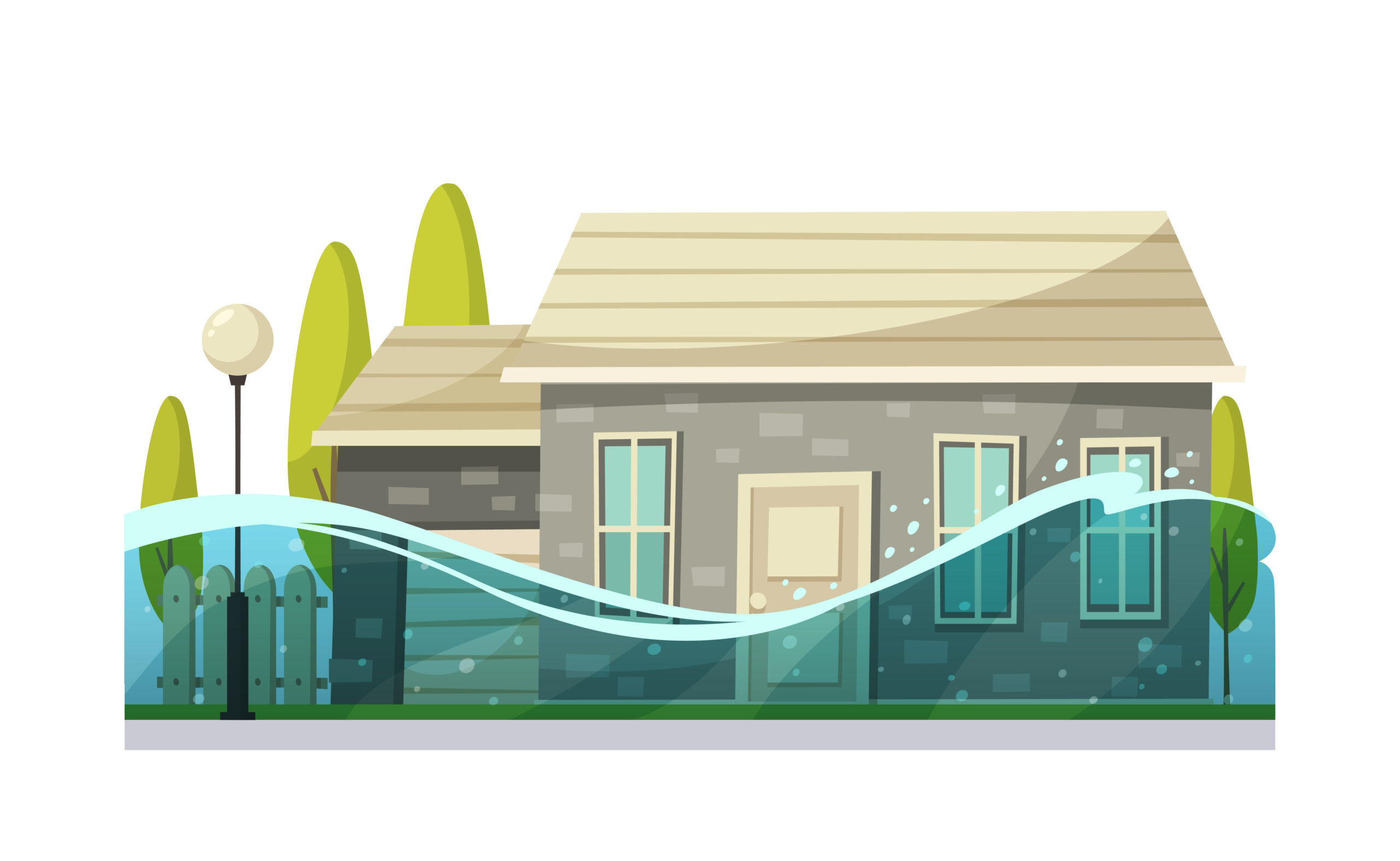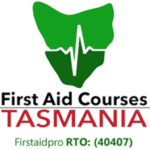A gunshot wound or any injury caused by a bullet or firearms is considered a medical emergency.
The momentum imparted to the bullet by the gun can enter or pass through the body at a very high velocity. This can cause serious blood loss and structural damage, which may be life-threatening.
Read on to learn about first aid and emergency care for gunshot wounds.
How To Treat Gunshot Wounds?
Luckily in Australia, gunshot wounds are not something the citizens have very often. But the few tragic events in the past make us wonder what we would do in the event where someone has been shot.
A gunshot wound can result in a wide range of injuries. It may depend on the firearm used, the size of the bullet, the part of the body that has been shot, and how soon first aid is administered.
For example, a bullet landing in a person’s chest can travel down to the abdomen. The injury often depends on the placement in the body, including the time and direction of the travelling bullet. While wounds from a superficial gunshot will only damage a small amount of tissue beneath.
For this reason, all gunshot wounds must be taken seriously and provided with first aid care. Whatever the extent of the wounds, there are several options you can do to treat the injury.
First Aid Steps
The first few minutes after the injury are the most crucial. During this time, the victim is at risk of life-threatening complications such as airway obstruction, tension pneumothorax (collapsed lung), and bleeding). The quicker a person receives first aid care, the better their chance of them surviving.
Here’s how to apply first aid for a bullet wound. But first, get to safety and call emergency services (Triple zero – 000). Make sure you and the casualty get to a safe place away from the threat. Then, proceed with these steps.
Check For Consciousness
Check if the casualty is awake and responsive. Do it by applying the tap-shout-tap method where you will verbally address the person (‘Are you OK?’ or ‘Can you hear me?’), followed by a firm tap to the body.
If the victim is unresponsive and has trouble breathing, prepare to administer CPR and use an automated external defibrillator (AED) if available.
Stop The Bleeding
Excessive bleeding is the leading cause of death in gunshot wound injuries. To prevent that from happening, apply direct pressure to control the bleeding using a bandage, gauze, or clean cloth.
Press directly against the wound and continue with pressure until help arrives or bleeding has stopped. Add a new bandage or fresh cloth once the original gets soaked with blood.
Treat For Shock
Severe bleeding from a gunshot wound frequently leads to shock.
Shock is a life-threatening medical condition caused by severe blood loss. Uncontrolled bleeding can escalate quickly, resulting in shock and loss of consciousness.
First aid for shock involves laying the victim down and elevating the legs slightly. Keep the person still, and do not move them unless necessary. Perform CPR if the person shows no signs of life, is not breathing, or has no pulse.
Stay And Reassure The Victim
If the person is conscious, get them in a comfortable position and provide reassurance by telling them that help is on the way. Ask them about essential information such as medical history, other medications, and such. You can pass this information on to the EMS to further help with their treatment.
Gunshot wounds always require immediate medical attention to assess the severity and begin treatment. It is critical that you call triple zero or local emergency services as soon as it is safe and possible.
Get Trained
For more information about first aid for gunshot wounds and other types of injuries, visit our website at First Aid Courses Tasmania. We offer a wide range of first aid courses that provide students with the skills, knowledge, and confidence to act in medical situations.
Learning first aid could quite possibly end up saving a life one day.
Book a course today.








